Hairy beard tongue (Penstemon spp.)
name comes from tufted stamen in the trumpet-shaped flower, early bloomer in May.
The Friends of Crocheron Park are actively seeking to encourage pollinators by planting the native plants they prefer. Pollinators acquire nourishing nectar from the flowers of plants while transferring pollen from flower to flower of the same species.
That transfer, crucial to plant reproduction, consists of pollen grains from the male part (anther) of the flower being transported to the receptive surface of the female part (stigma). That movement of pollen by pollinating animals or the action of wind or rain is the first step in the reproductive cycle that ultimately leads to the development of fruit and seeds within the fruit. In some cases, pollination increases genetic diversity to strengthen the genetic make-up of the plant.
Pollinating animals, which spread the pollen while they seek nutritious nectar, include bees, butterflies, wasps, beetles, moths, ants, flies, hummingbirds and bats.
Human food supplies require the work of pollinators, especially bees. Experts estimate that one out of every three bites of food we eat depends on pollinators.
Currently, there is a global decline in pollinators, threatening human food supplies dependent on pollination. Contributing environmental challenges include:
Large parts of Crocheron Park are dominated by non-native and invasive plants such as Norway maple trees, porcelain berry vines and multiflora rose thickets. These plants often do not support pollinator populations and displace native plants in the landscape that do.
The Friends of Crocheron Park, working closely with the NYC Department of Parks and Recreation, is working to plant native plant species which will support our local ecosystem including pollinators. The Friends are focusing their efforts on two gardens: the Mrs. Cilmi Garden on 214th Lane at the flagpole across from P.S. 41Q and the wildflower garden in a fenced space between the two ballfields on 35th Avenue.
The pollinator gardens in Crocheron Park are a work in progress. Please join the Friends group in nurturing these important places. Come to the gardens from spring to fall to enjoy the flowers and to wonder at the remarkable activity, as the pollinators work tirelessly doing their jobs. Come after a day or two of rain, when the pollinators cannot work, and marvel at the frenzied activity as the famished pollinators scramble for food, all the while performing the vital function of pollination.
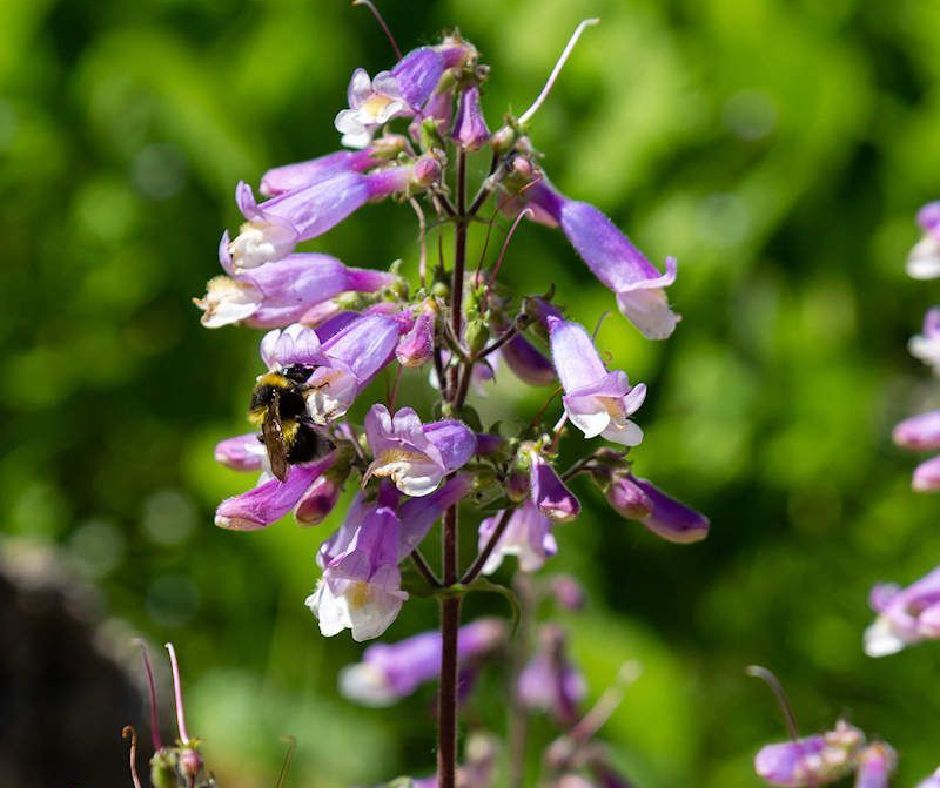
Hairy beard tongue (Penstemon spp.)
name comes from tufted stamen in the trumpet-shaped flower, early bloomer in May.
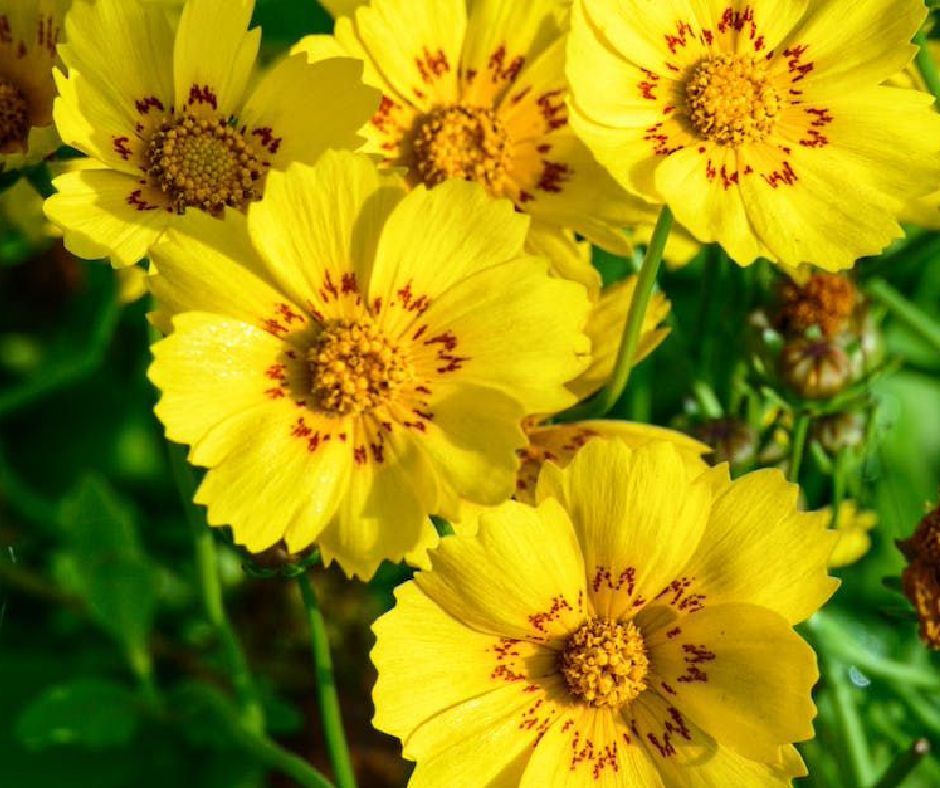
Hairy beard tongue (Penstemon spp.) Tickseed (Coreopsis spp.)
golden yellow flowers early to mid-summer.
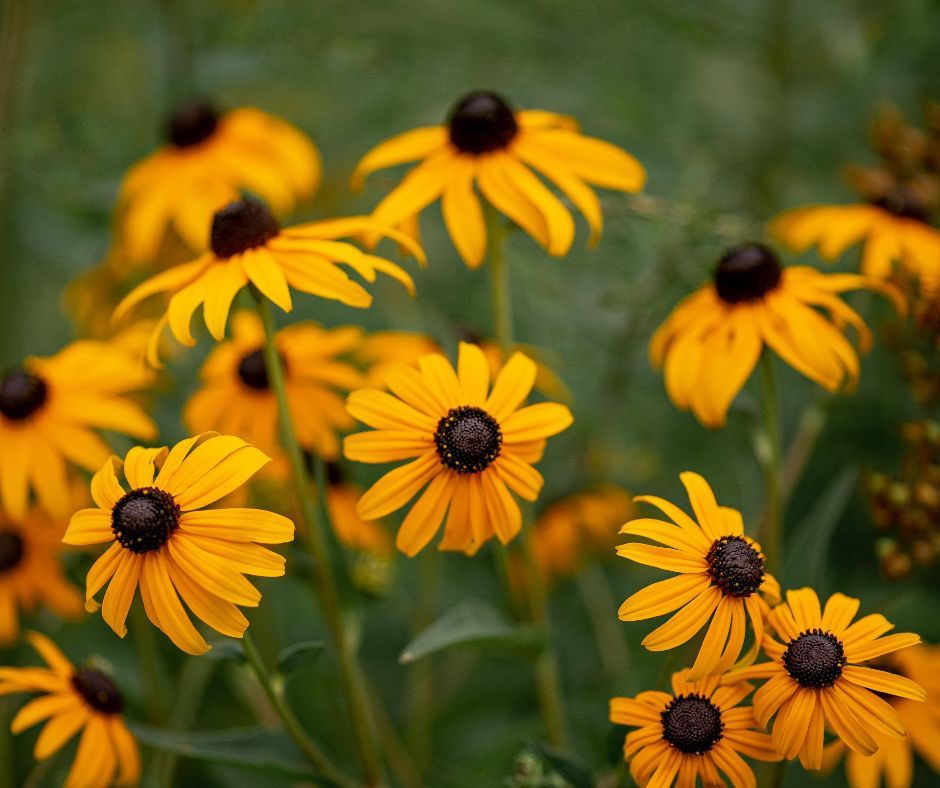
Black-eyed Susan (Rudbeckia hirta)
classic daisy-like yellow petals and black center, blooms start in June.
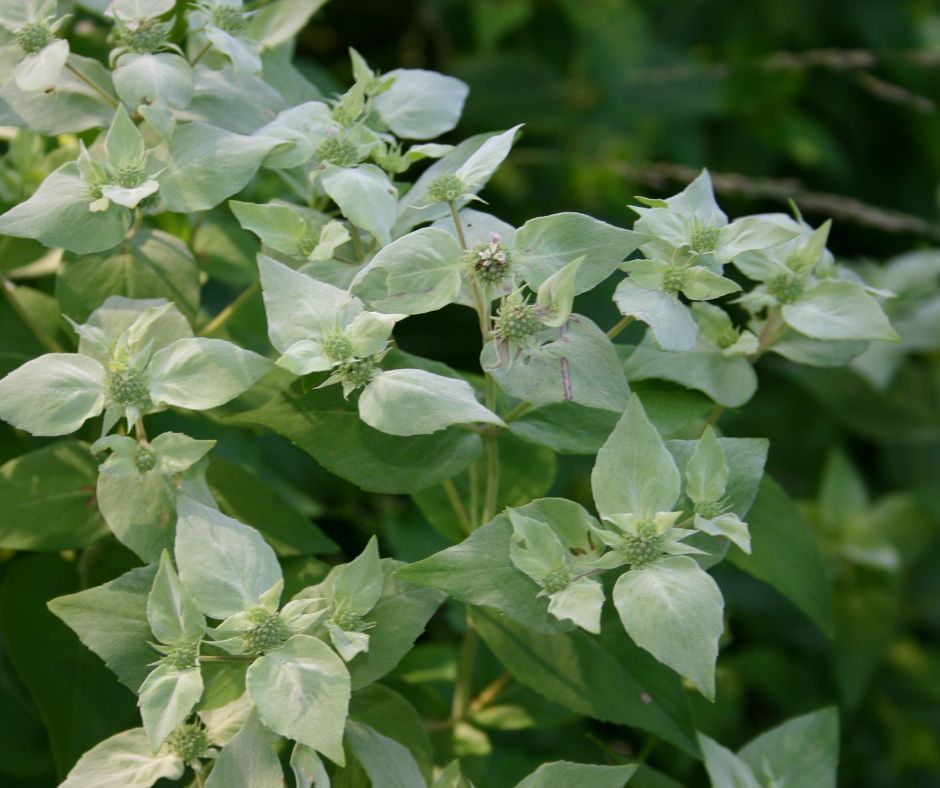
Mountain mint (Pycanthemum spp.)
many small white flowers, blooms from June to August.
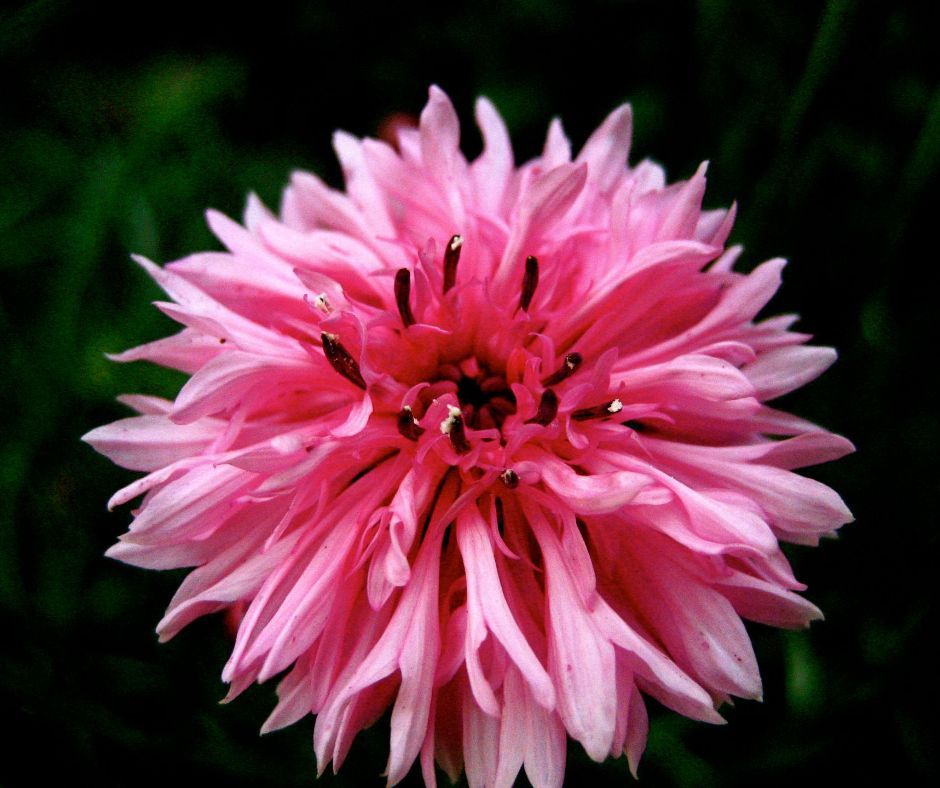
Bee balm (Monarda spp.)
blooms in mid-summer, especially attractive to bees.
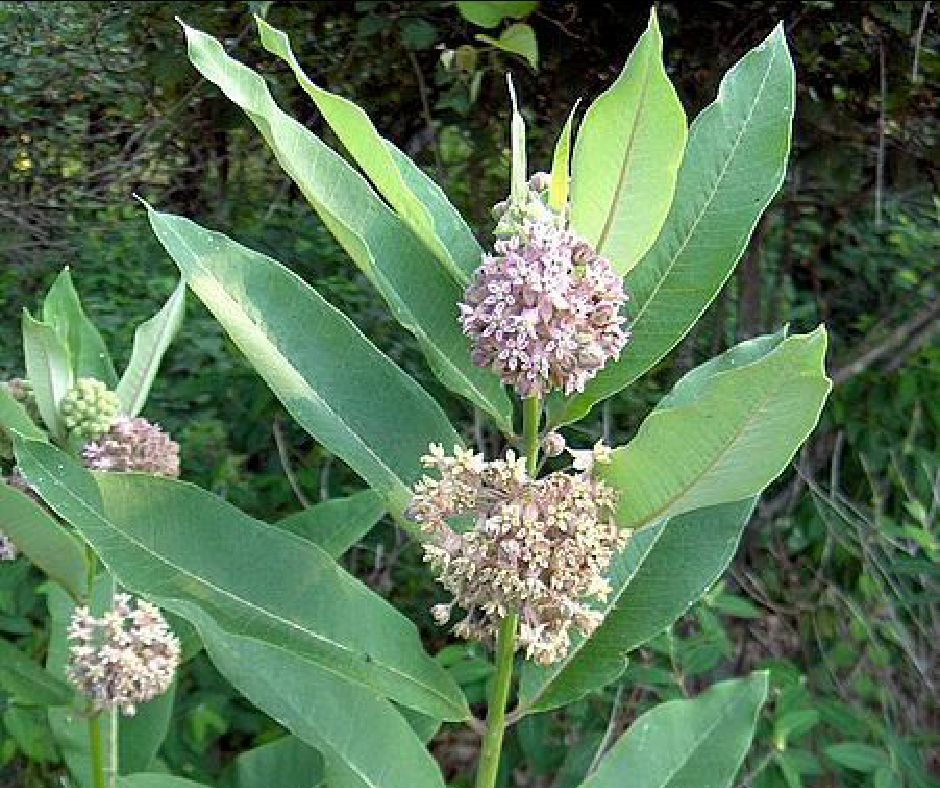
Milkweed (Asclepias spp.)
used by monarch butterflies as larval host.

White snakeroot (Ageratina altissima)
white flowers bloom mid to late summer.
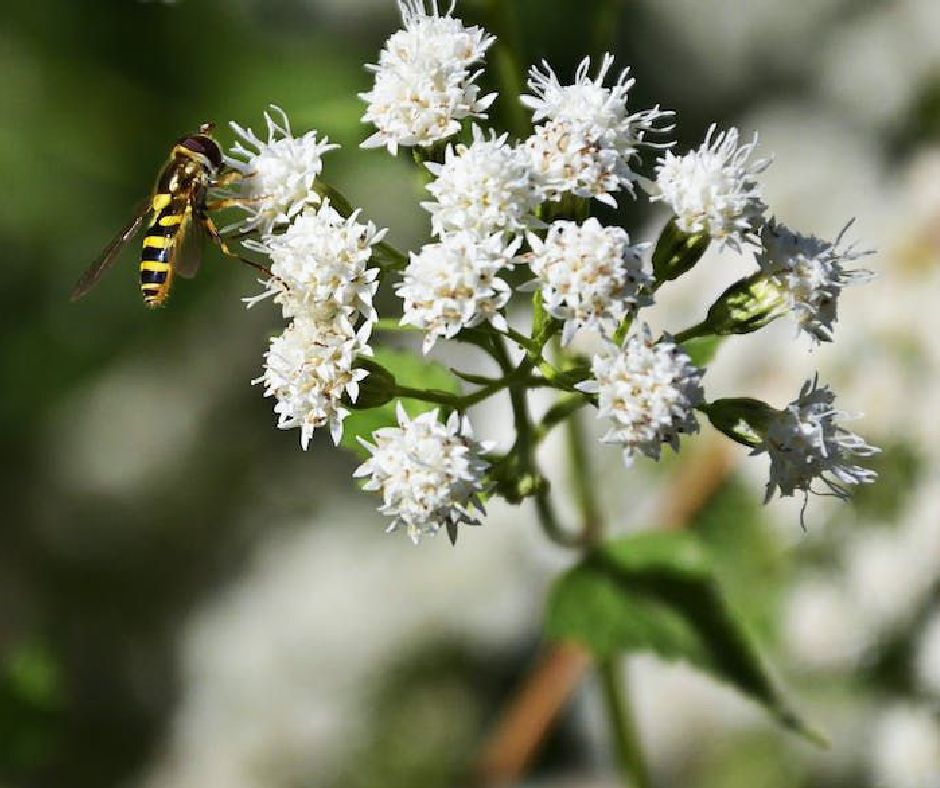
Boneset (Eupatorium hyssopifolium)
small white flowers on flat-topped heads, blooms in late summer.
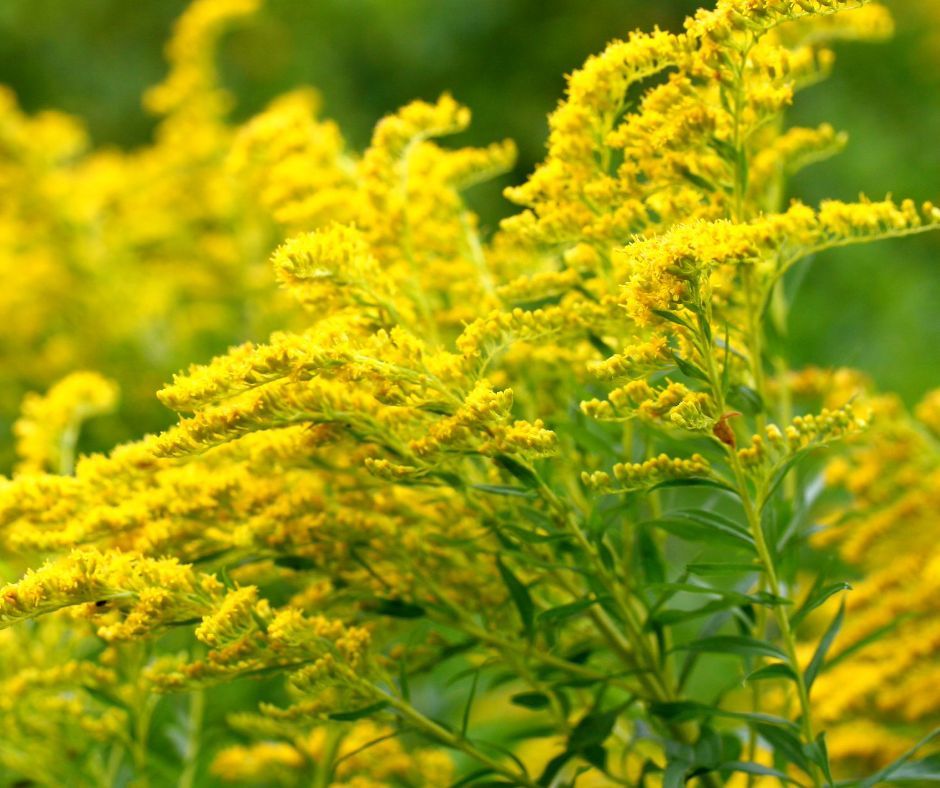
Golden rod (Solidago spp.)
yellow flowers on pyramid-shaped upright bunches, blooms late summer.
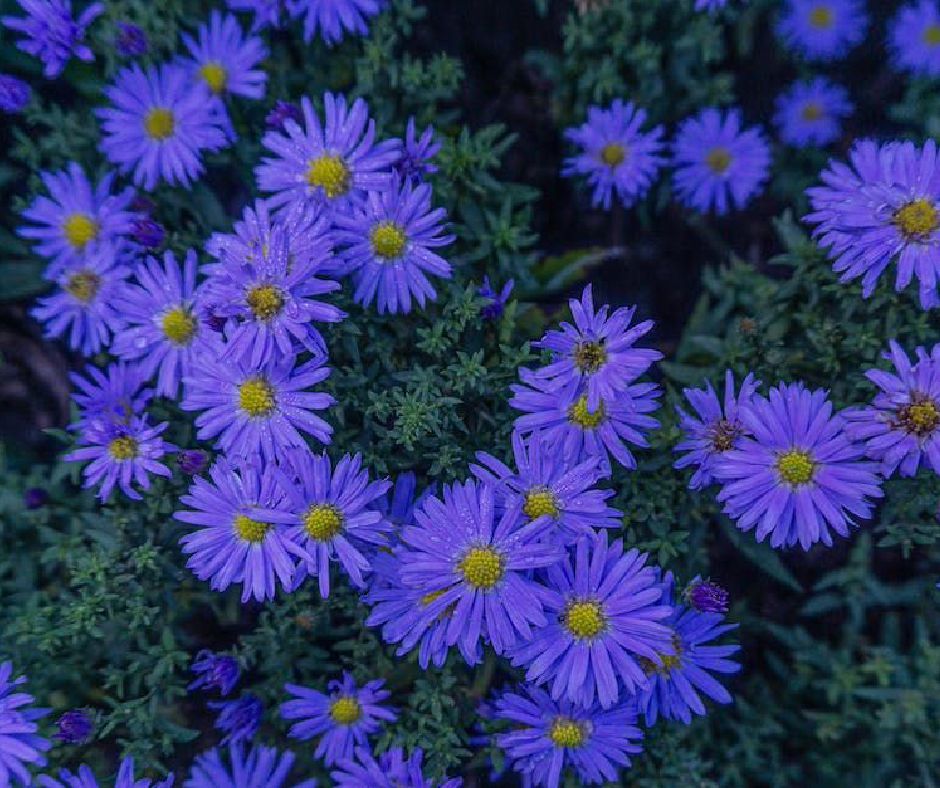
Asters (Symphyotrichum spp.)
blue to purple daisy-like flowers with golden center, blooms in fall.
We have ongoing work on Our Park's Pollinator Garden area and are looking for support for community events. We need your help to make it happen!
Our network of support helps us to achieve our mission. Learn more about these organizations and government offices that we reguarly work with.
Premier Sponsor
In collaboration with:
Friends of Crocheron & John Golden Park is fiscally sponsored by FJC, a 501c3 public charity. As such, all donations are tax deductible to the extent allowed by law.
©2024 by Jessica Burke
All photographs are owned by NYC Parks and/or Daniel Avila, unless otherwise noted.